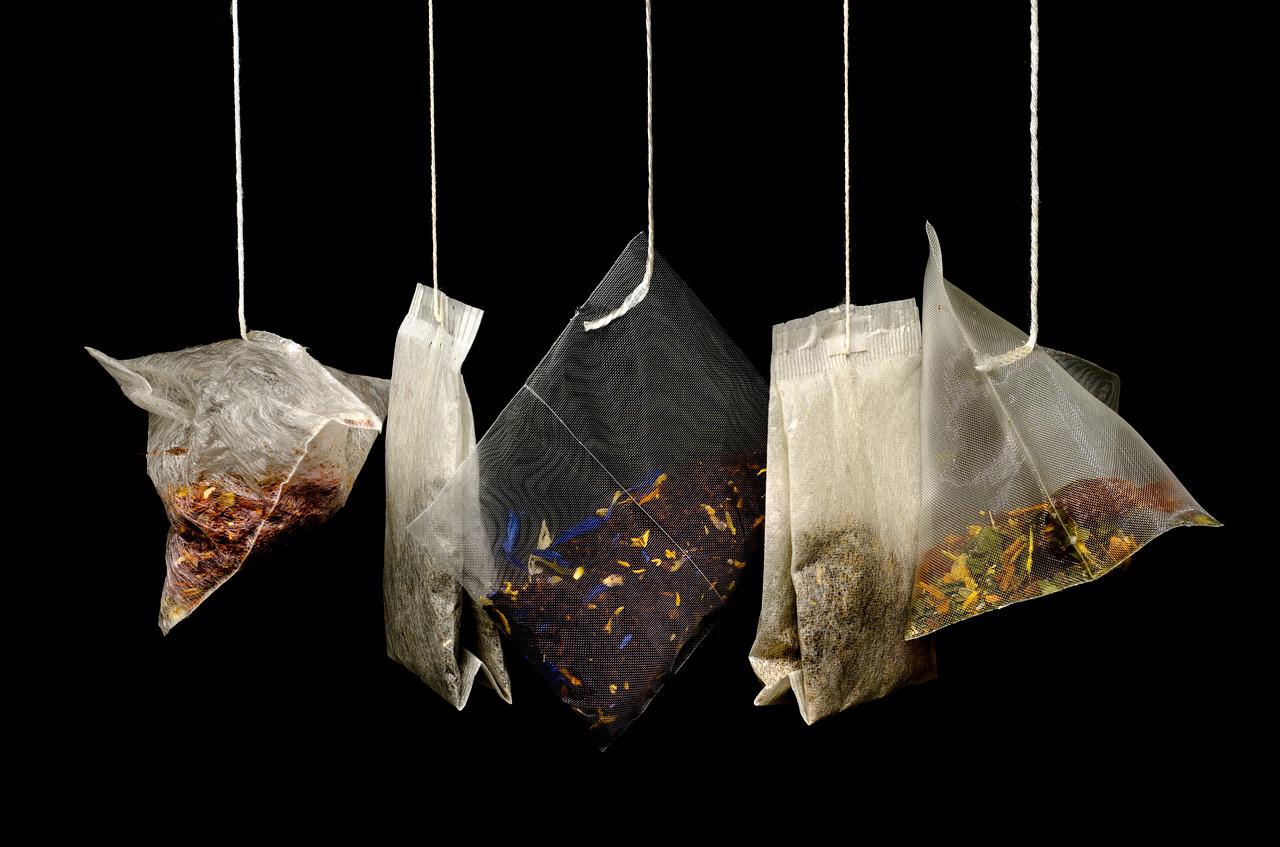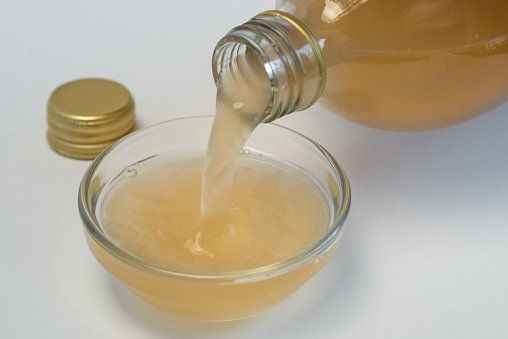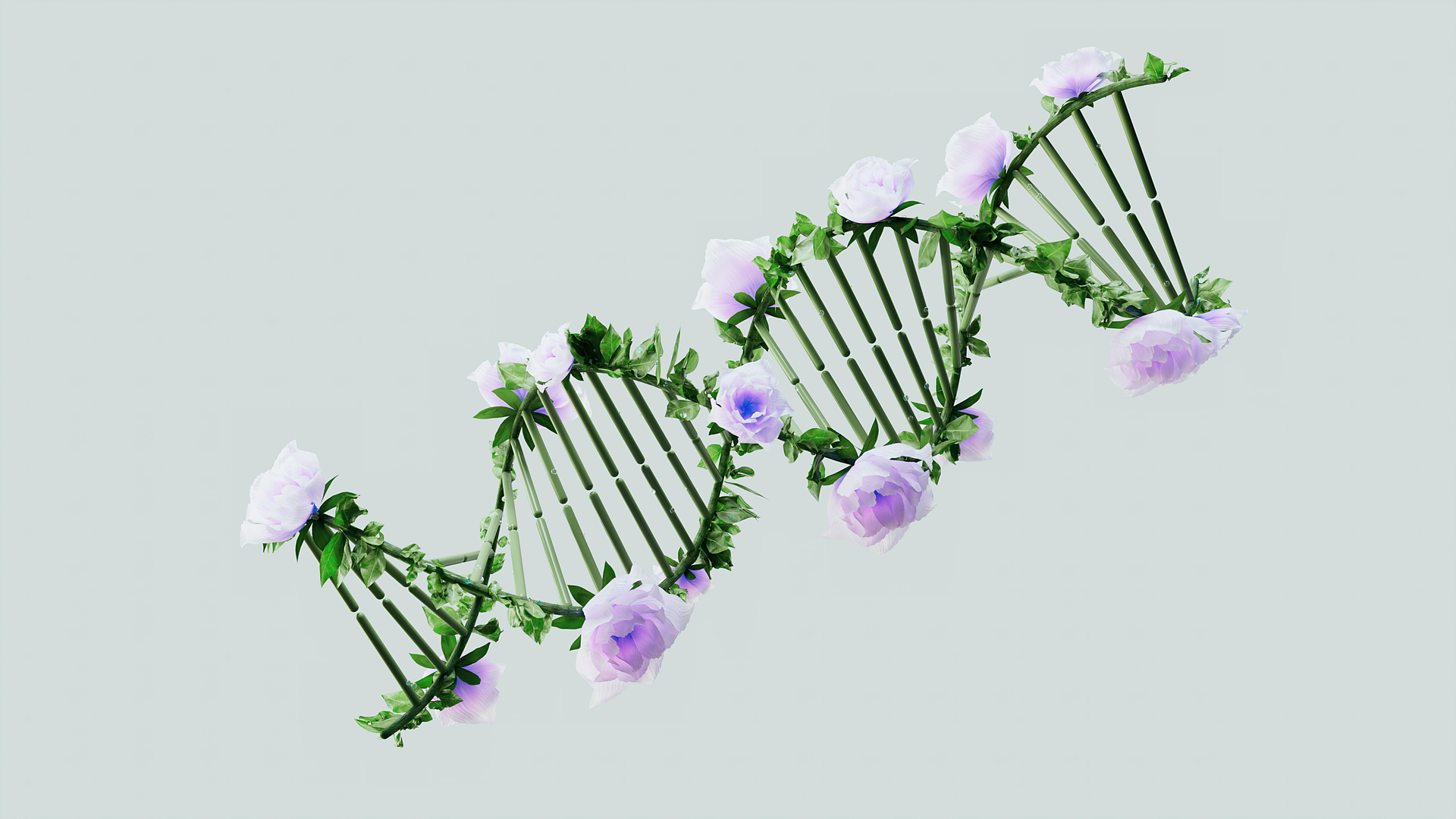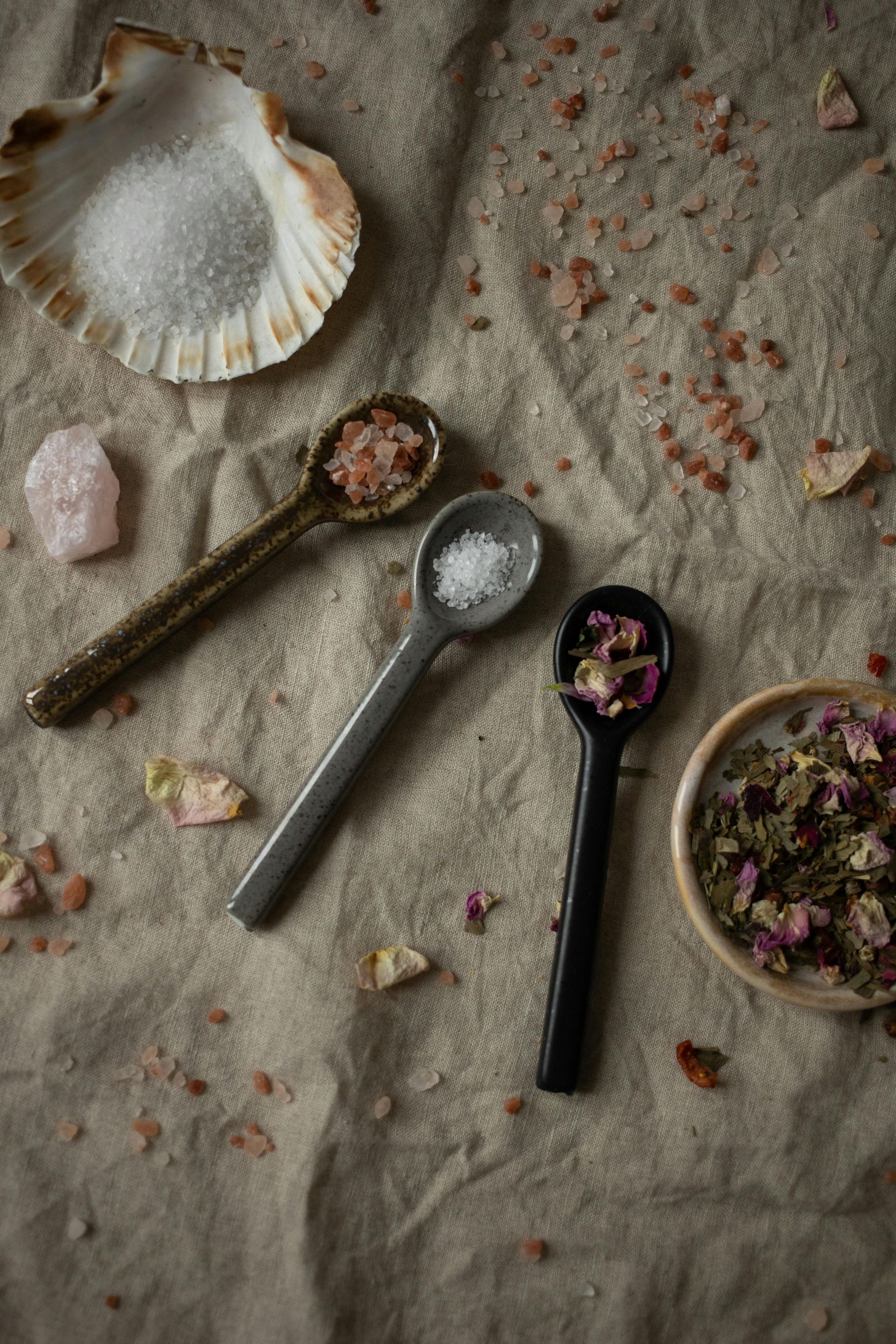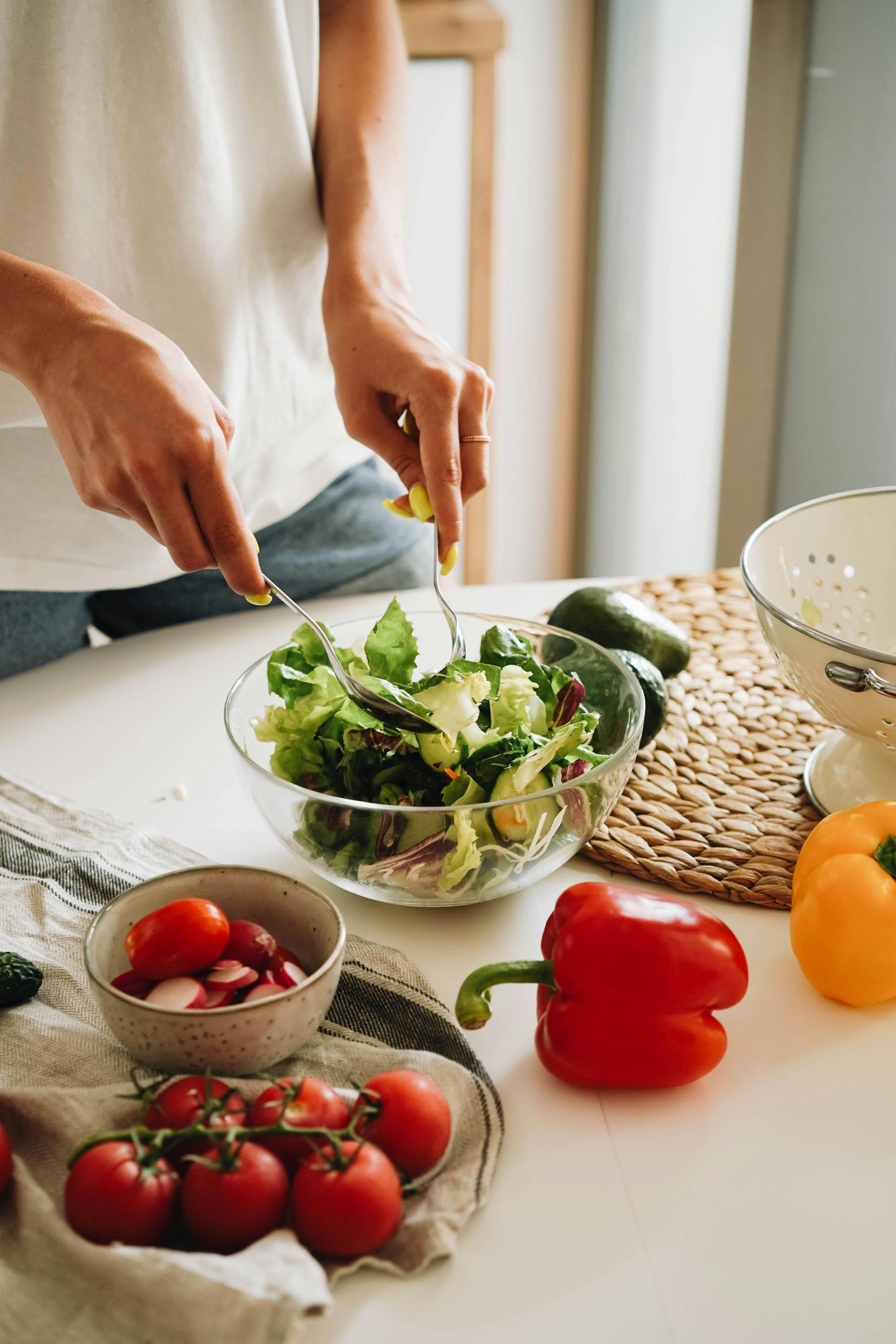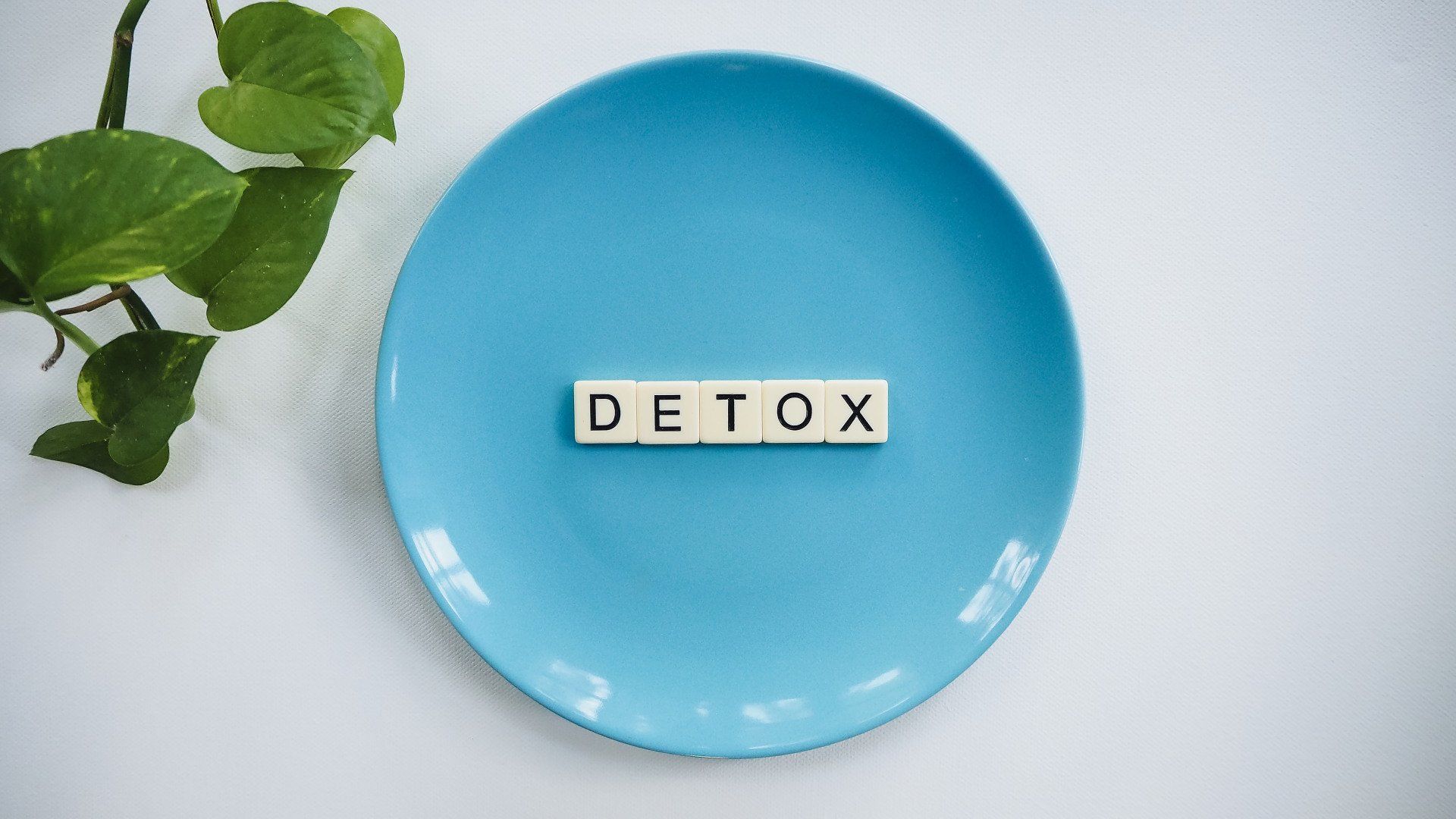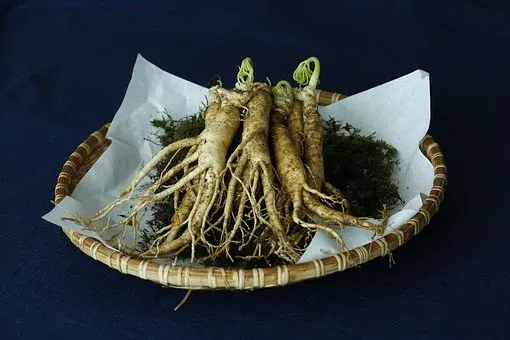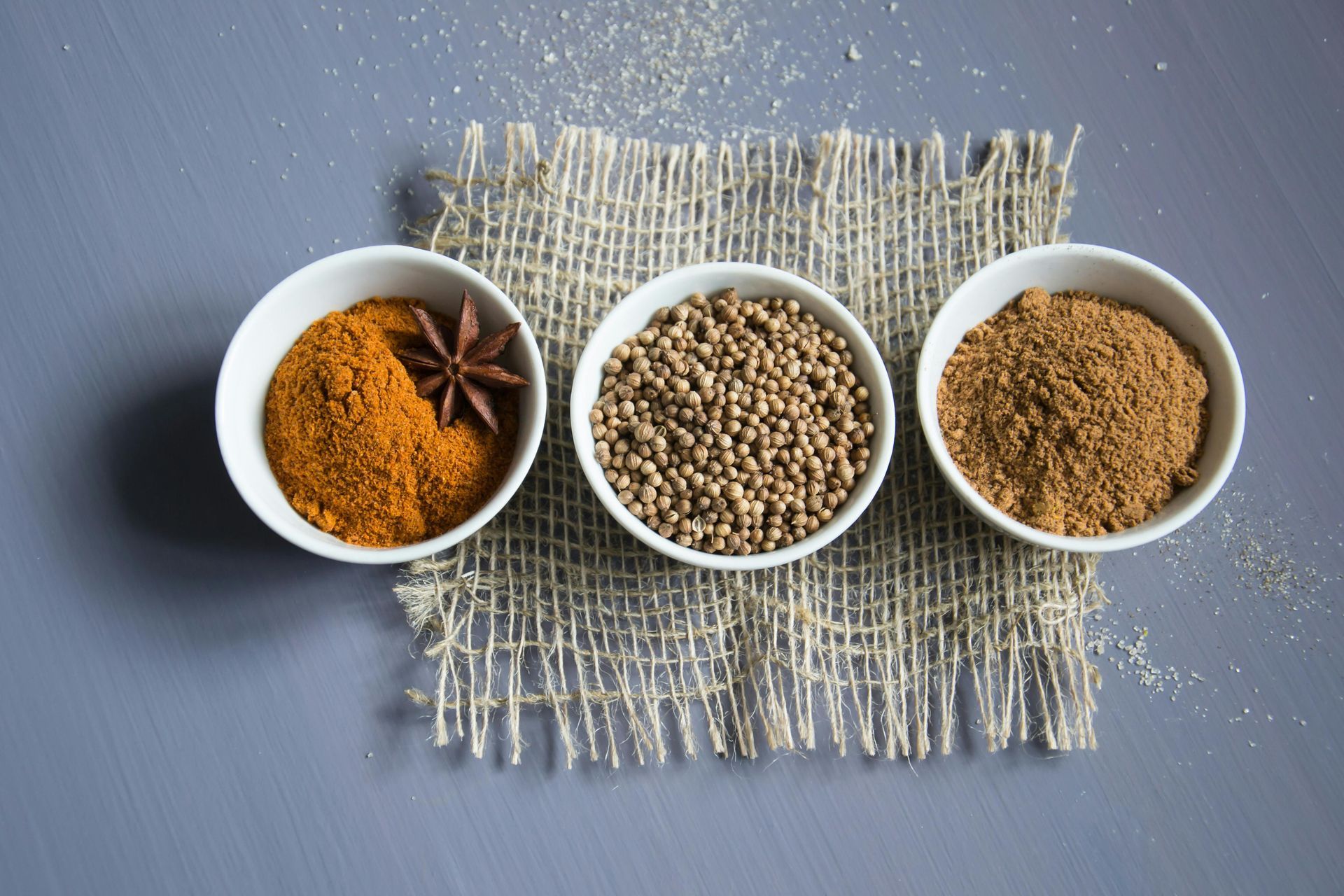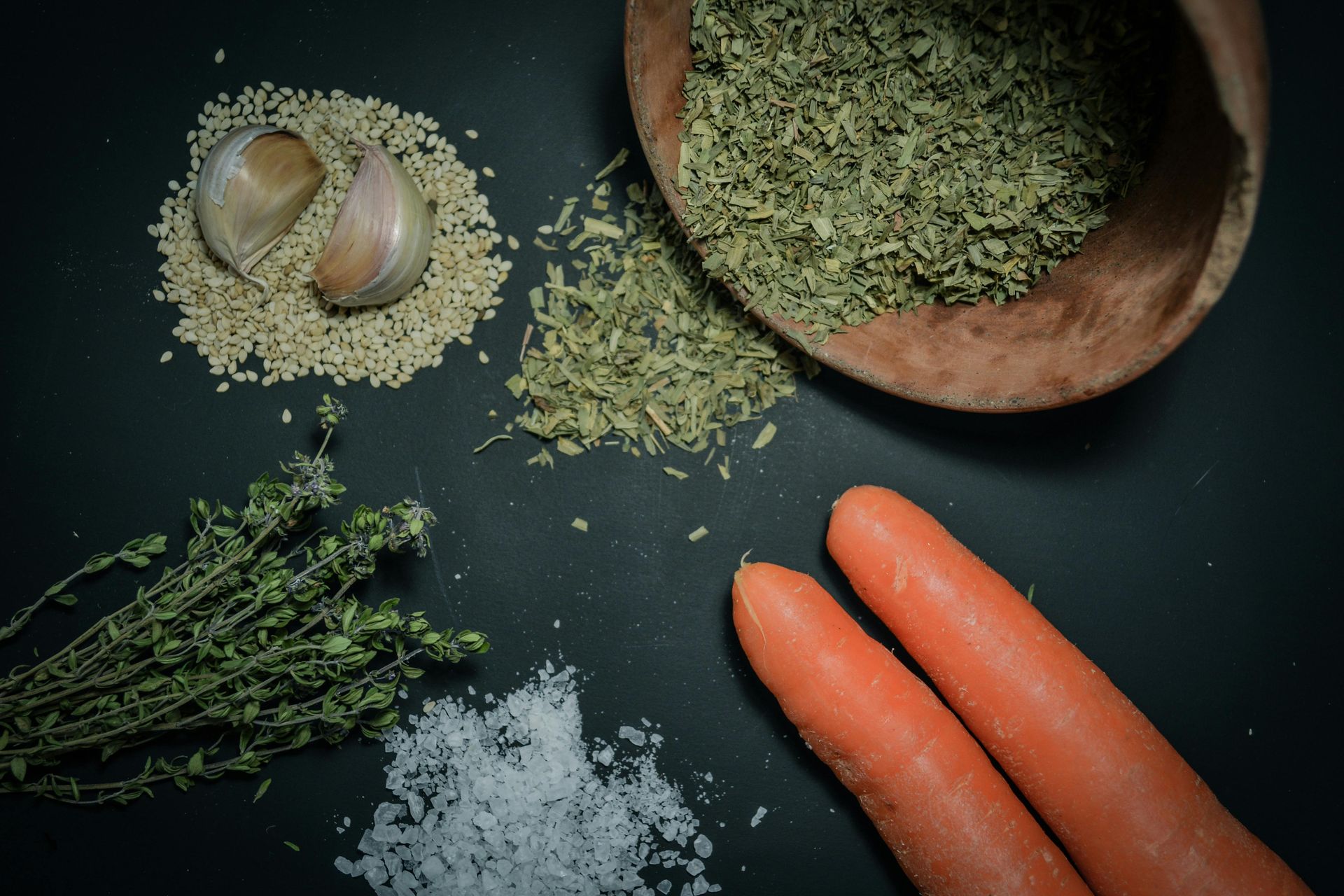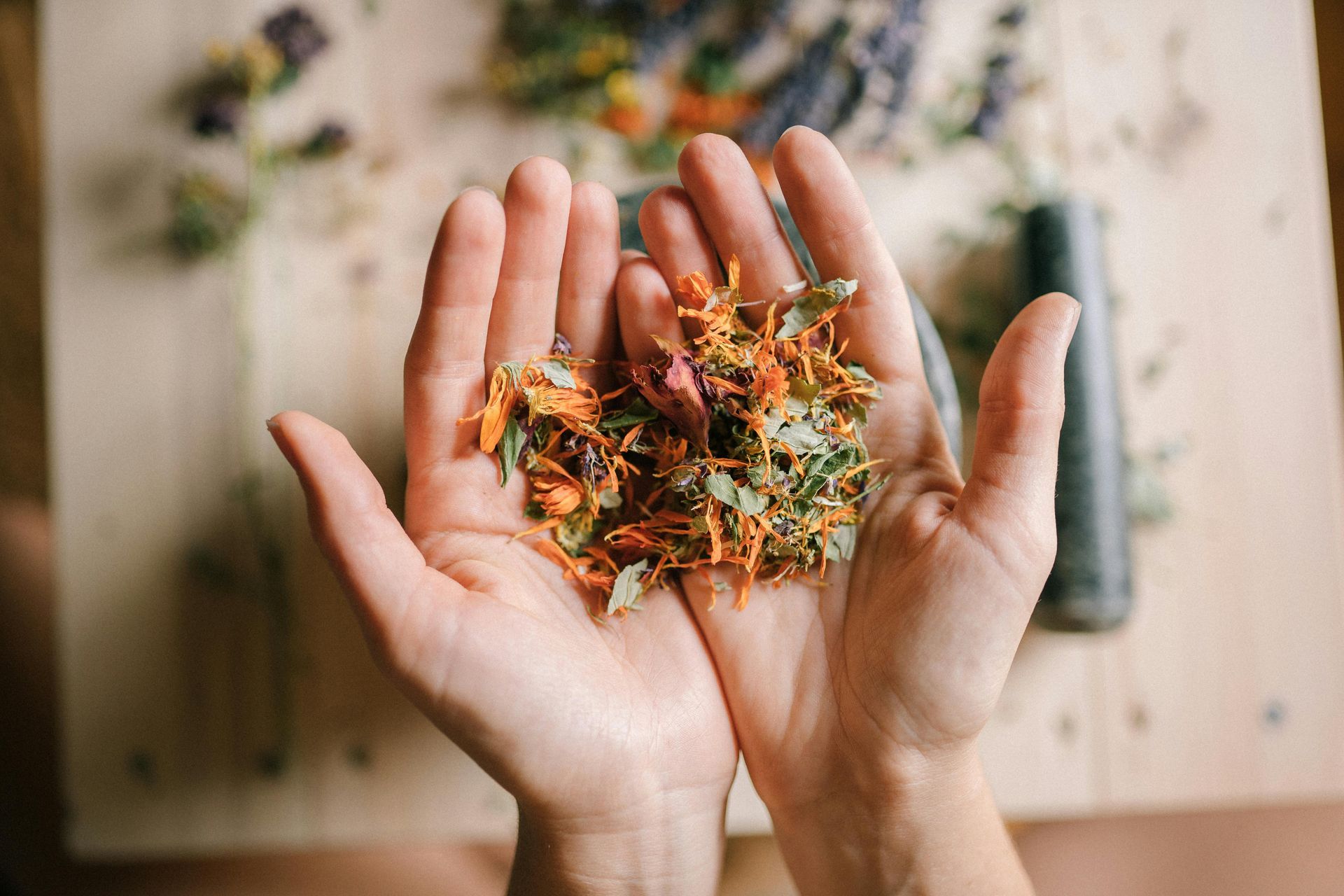
Allergy Relief
Natural Remedies For Allergy Sufferers
Allergy sufferers can experience relief this season with the help of natural products. Some options are: nasal washing, natural nasal sprays, aromatherapy inhalations, herbal and nutritional products as well as homeopathy. Nasal washing or “neti” with salt water is an effective, ancient technique for decreasing allergens in the nasal passages, clearing the sinuses of mucus, and promoting tissue healing. Various styles of “neti pots” for nasal washing are available, as well as salts with or without added decongestant essential oils. Both homeopathic and herbal nasal sprays designed for allergic rhinitis can help provide symptom relief for sneezing, itching and runny noses. Natural nasal sprays can also help to fight infections. A nasal spray made from the natural sweetener xylitol can help to keep harmful bacteria from taking hold inside of swollen nasal passages. Oregano oil and GSE (grapefruit seed extract) sprays can keep the sinuses free of disease-causing bacteria. Inhaling a blend of decongestant and antimicrobial essential oils daily, such as one made with eucalyptus and myrtle oils, can help heal chronic sinusitis and keep nasal passages open so breathing is easier.
Herbs that stop the symptoms of allergies include stinging nettle, butterbur and turmeric root. For long term immune system support, the herbs astragalus and reishi mushroom can be taken daily. “Jade Screen” is a traditional Chinese formula with astragalus root that helps to re-train the immune system, so that allergies are less pronounced, and colds are kept at bay. This formula should be used the season before allergies strike for best results. Likewise, the Ayurvedic formula Trikatu can be used to keep sinus passages clear. This is a great formula for those who suffer from postnasal drip. One of my favorite products is Nettles & Quercetin, by Designs for Health Quercetin + Nettles 90 capsules - EHealthPro
Many nutrients also fight allergies. Quercetin, a bioflavonoid found in apples and onions acts as an antihistamine in the body. Bromelain, an enzyme from pineapple stem shrinks swollen nasal membranes and can relieve sinus pressure/ headache. N-acetyl- cysteine (NAC) is an amino-acid derivative which thins mucus and aids the immune system through its strong antioxidant effects. All three can be taken together to help lessen sinus pressure and allergic symptoms. Supplementing the diet with fish oil daily can also lessen the allergic response, as can the regular use of vitamin C.
Finally, if you suffer from allergies, it would be worth your while to investigate food sensitivities and to do an elimination diet or a detox program. Contact me if interested: Alison.Birks@gmail.com
